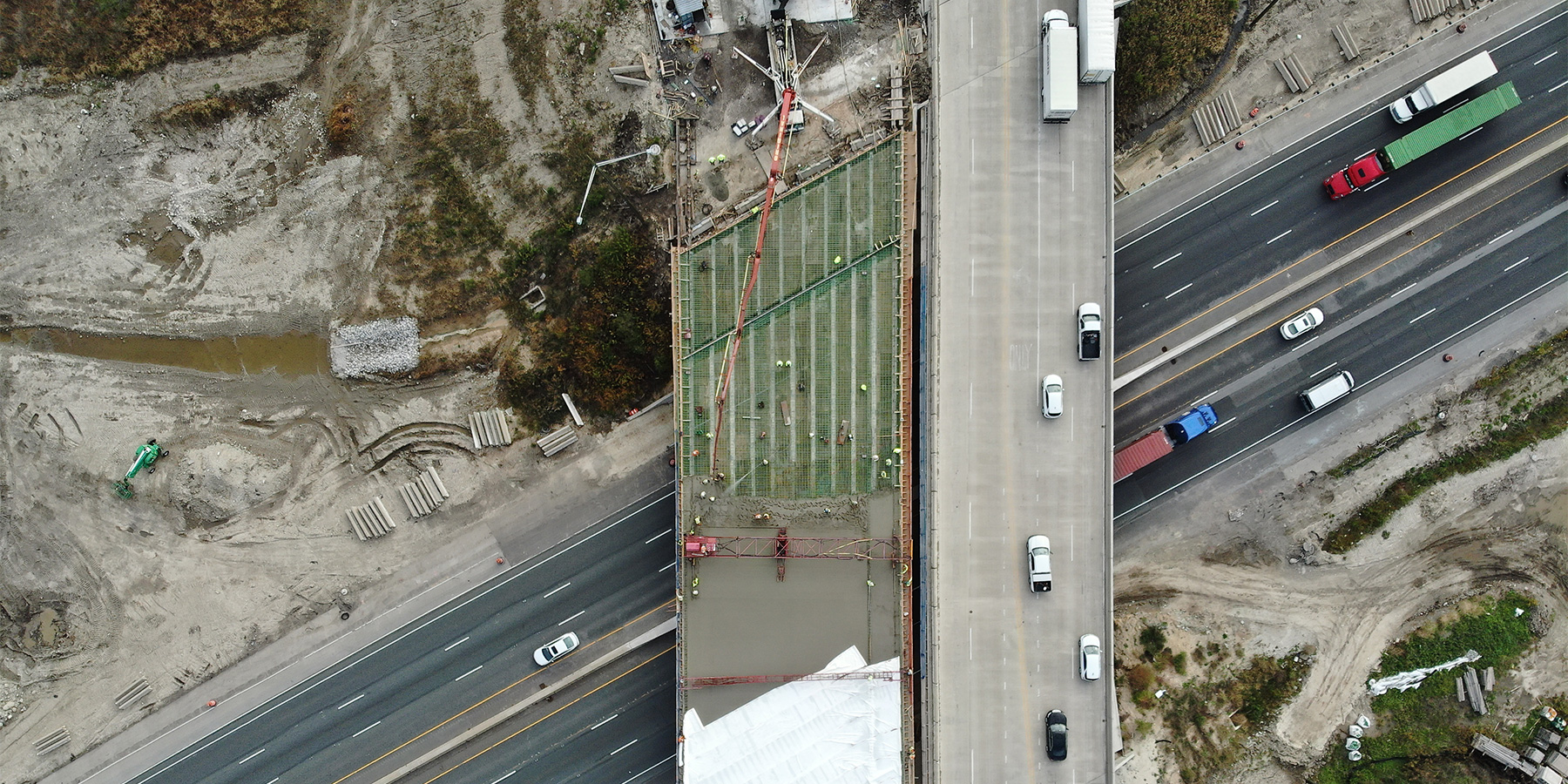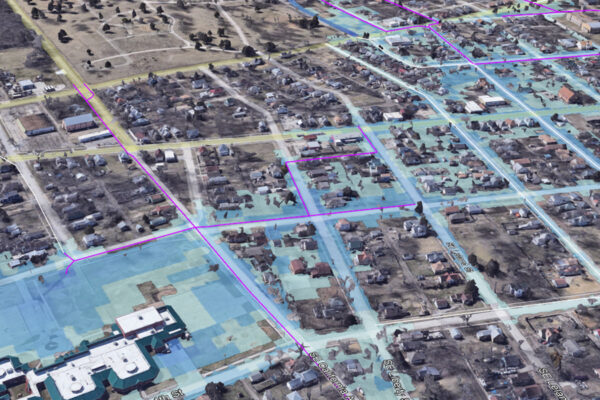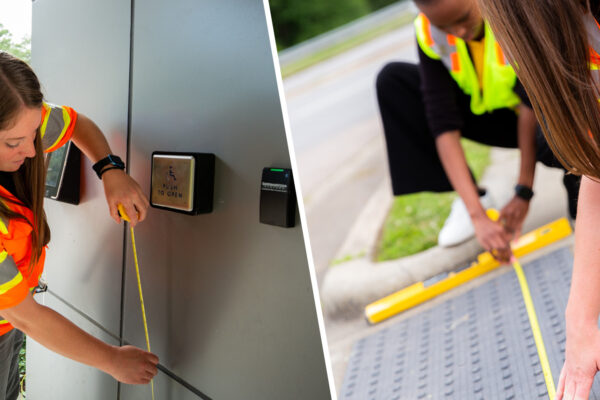Construction Managers’ Tips for Setting Your Project Up for Success

When you’re responsible for multi-million-dollar investments in your community’s infrastructure, nothing is more important than project success. Though that sounds like a simple goal, even the most straightforward project with a strong design can present complex challenges when it comes to construction.
Whether its managing public involvement, troubleshooting environmental surprises or reworking schedules, you must be prepared to mitigate challenges. That’s why it’s critical to set your project up for success from the start.
Each with extensive experience in construction management, five Benesch experts from across the country came together to offer insight into the steps they take at the beginning of each project to ensure long-term success as construction progresses.
Tip 1: Establish a Communication Plan
Brad: When we get started on a new project, no matter the size, one of the first things I do is establish communication channels with the client and the contractor. Right from the start, we build the understanding that all parties need to partner as a team for the project to be successful.
Jess: It’s important that it feel like one team from the start. Establishing a communication plan with owner staff, contractor and consultants tends to help bring the team together and create a dynamic that will work well as the project picks up speed.
Brad: Communication with the public, including motorists, municipalities, residents and businesses, is also critical to the success of CM projects. A robust public involvement plan can help with public acceptance, stakeholder support and motorist behavior within the work zone. If a reasonably accurate expectation is laid out early and used continuously during the project, there is a much greater level of tolerance to the considerable disruptions that generally go along with many projects.
Tip 2: Evaluate Technology Needs
Jess: Like with most industries, advances in technology have impacted how we work. Stepping back and considering what technology we can implement to increase efficiency is an important step at the start of a project. We have gone completely paperless on a number of our projects on the documentation side of things. It’s resulted in time savings and increased quality control capabilities.
Dan Gross: As drones have become more readily available, I like to consider how they can be used throughout a project, whether it’s for project updates, public involvement or for calculations.
Bill: My team has a similar thought process when it comes to GPS rovers. By taking pre-construction shots and in-progress shots with the rovers, we can generate cross sections and earthwork quantities. We have successfully used these cross-sections to verify quantities and settle disputes with contractors. The speed and accuracy of using GPS rovers also allows the project to move from one operation to another without having to wait for a surveyor to come out and shoot areas that have been completed.
Elaine: On the scheduling side of things, it’s definitely important to consider if you’ll need access to scheduling software, like Primavera. I had a colleague at another firm get asked to review a Primavera file for a project and they did not have that software. They had to scramble to find a solution—actually, Benesch was able to step in and help. It saves a bit of a headache later on in a project if you consider things like that in the beginning.
Tip 3: Review, Review, Review
Dan: Taking time at the start of a project to do a thorough constructability review of contract plans and specs along with a review of the project site and utility coordination can help avoid a lot of issues later. This is where knowledge of both the design and construction side of things is vital. On especially complex projects, we’ll sometimes bring in subject matter experts from our design teams as part of the process to make sure we’re not overlooking minor details that could cause major issues down the line.
Elaine: I would also encourage owners to push for a full schedule review right off the bat. You’d be amazed by what potential issues we are able to catch when reviewing contractors’ schedules. Addressing any errors before construction starts goes a long way to keeping a project on its timeline. As an added benefit of a schedule review, we can find ways to save time that might otherwise have been missed.
Tip 4: Find a Partner
Dan: Not to sound too self-serving, but there is certainly something to be said for partnering with a consultant that specializes in construction management services. A lot of work goes into seeing a project through to completion and having some help can be a game changer. Clients are often surprised by how much engineering, construction and management expertise can impact a project after final design.
Bill: I think one of the biggest benefits of CM is that we work to make sure that a client’s dollars are spent correctly and in the most efficient way possible. My team is there to see to it that a project is done correctly, efficiently and makes the best use of their funds. With limited budgets and limited time to complete projects, finding a partner that has your back is essential.
Brad: With so much CM experience and vital engineering skills, we’re able to ensure that the interests of the client, traveling public, stakeholders and taxpayers are emphasized and taken in the appropriate balance with the contractor’s focus on completing the work in a cost effective and efficient manner.
Jess: Working with a CM partner also provides easy access to a huge breadth of expertise. I know on my team in Colorado, we never hesitate to call up a colleague across the country to tap into their knowledge when needed.
Looking for more construction management insight? In an upcoming article, Elaine Carroll will provide a closer look at construction scheduling, including more on schedule reviews, software and troubleshooting scheduling issues.
Follow Benesch on LinkedIn to keep up with the latest Benesch news and insights.









